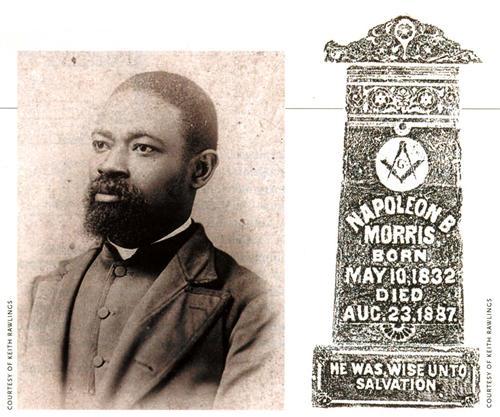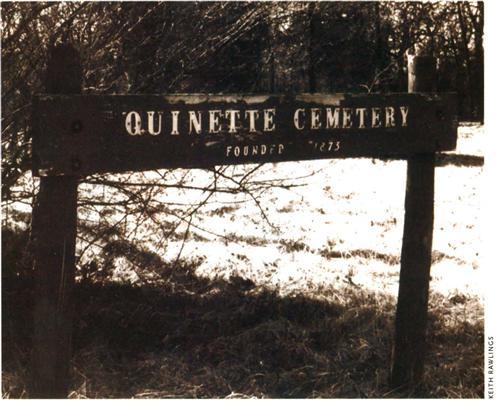Sign up for the Family Tree Newsletter Plus, you’ll receive our 10 Essential Genealogy Research Forms PDF as a special thank you!
Get Your Free Genealogy Forms
"*" indicates required fields
Nearly 40 years ago, a young Boy Scout wandered into a secluded cemetery a half-mile from his Kirkwood, Mo., home. A sign outside the cemetery’s boundary read “Quinette Cemetery, Founded 1873.” Working to earn his photography merit badge, the boy navigated the maze of headstones and snapped dozens of pictures. Without knowing it, he had documented one of only five slave burial grounds in Missouri and the resting place of many Civil War soldiers.
Today, that curious explorer, Keith Rawlings, is still fascinated with the cemetery he captured on film as a kid. And his photographs have fueled his desire to preserve and record the cemetery’s history. This year, Rawlings did just that when he published the book Gone But Not Forgotten (self-published).
Most of the headstones that once stood tall in Quinette Cemetery have been destroyed. “It was like a trash dump,” Rawlings reflected after traveling back to the burial grounds. “It’s sad when you see the stones turned upside down. An 8-foot Mason’s stone is now only 8 inches tall.”
In 2001, Rawlings set out to discover who lay in the burial grounds and to document their names and stories in a book. Fortunately, Rawlings had photographed every stone in the cemetery. These pictures and the names on existing tombstones were the only resources he had to guide him.
Rawlings enlisted the help of Youth in Action, a volunteer organization he founded in 1994. The group assisted him in probing for burial sites, cleaning the area, conducting genealogical research and transcribing epitaphs. While surveying the cemetery, Rawlings made an exciting discovery: the burial sites of five Civil War veterans who served in the United States Colored Troops. With their names, he obtained their service records and even some documents from living family members.
Through his research, Rawlings found and interviewed the families of other people buried in the cemetery. That’s how he met Bertha Spears Evans, a 98-year-old African-American woman whose great-grandmother, aunt and uncle are buried in Quinette Cemetery. Still a Kirkwood resident, Evans recounted her family history for Rawlings and reminisced about the first Ford automobile and telephone to appear in Kirkwood.
After two years of gathering records, interviewing family members and filing paperwork, Rawlings published Gone But Not Forgotten. To purchase a copy of the book, request an order form by e-mailing keith4yia@hotmail.com or writing YIA/Book, 1269 Avery Court, Kirkwood, MO 63122.

ADVERTISEMENT

